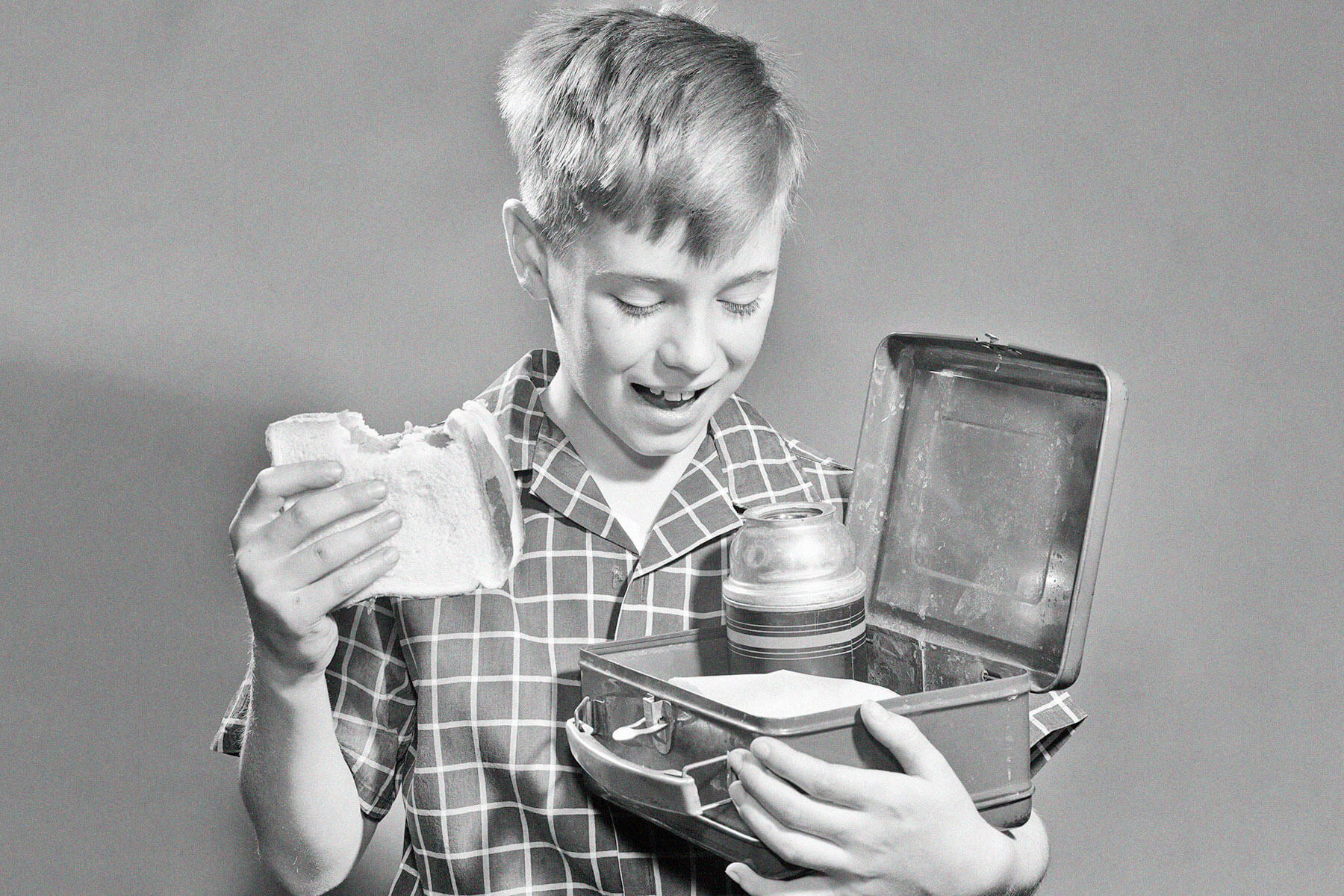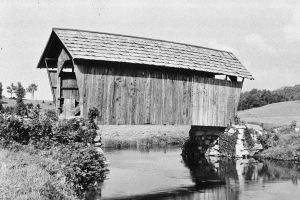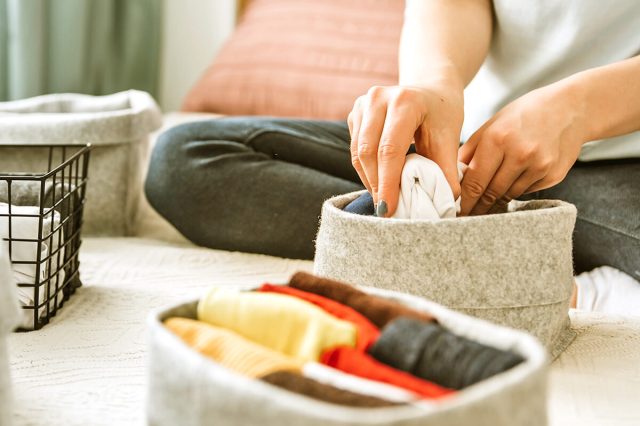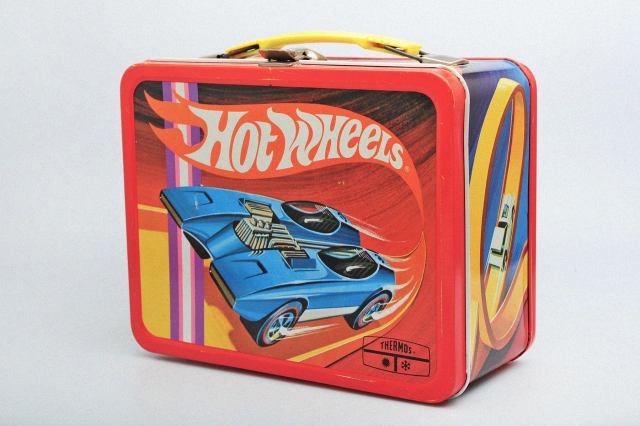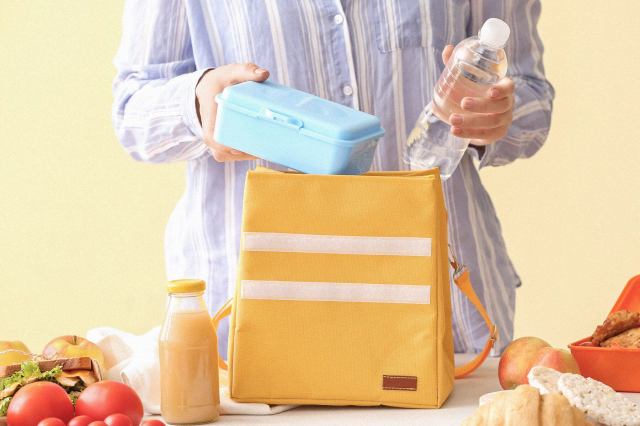The History of the Humble Lunch Box
In the 1880s, plain metal lunch pails were a practical way for workers to transport and protect their midday meals. The utilitarian containers weren’t marketed for children, but it wasn’t long before parents, taking a cue from workers’ lunch pails, started reusing the metal tins used to hold cookies or tobacco for kids’ school lunches.
In the early 20th century, it was common for children who lived in rural areas to pack their lunch, while kids in urban areas who lived closer to school would go home to eat. The first lunch box specifically designed for kids, which made its debut in 1902, was shaped like a picnic basket and featured lithographed images of children playing. In 1935, the Milwaukee-based company Geuder, Paeschke & Frey produced the first character-licensed “lunch kit,” a metal, oval-shaped, lithographed tin secured with a loop of wire that served as the handle. The tin featured a new cartoon character named Mickey Mouse — and the lunch box as we know it was born.
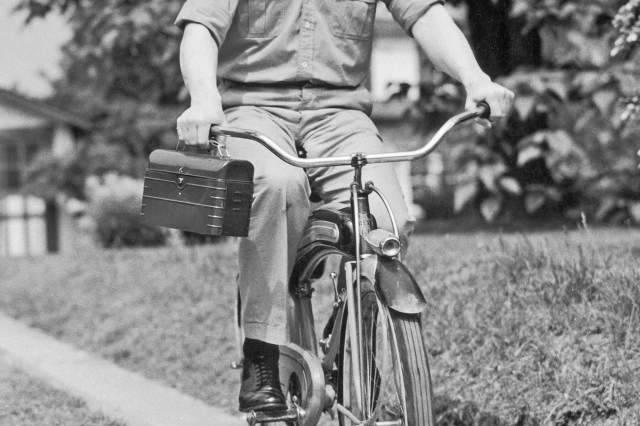
A Pop Culture Phenomenon
The 1950s marked a major turning point for the evolution of the lunch box, as the humble container became a means of portable self-expression. In 1950, Aladdin Industries saw an opportunity to expand its lunch box sales by taking its signature plain steel box, applying red enamel, and embossing it with a decal of Hopalong Cassidy, a fictional cowboy on a popular TV series. The product was a hit, and competitor American Thermos soon followed suit by releasing its own cowboy lunch box, featuring full-color images of Roy Rogers on all sides. The company sold 2.5 million Roy Rogers lunch boxes in 1953, a huge increase in sales.
By the mid-1950s, other manufacturers jumped into the metal lunch box market, competing for the licensing rights to popular TV shows. The lunch box business grew to encompass a wide variety of entertainment tie-ins, making themed lunch boxes popular with both children and collectors. Though the original plain metal kits were intended to be used year after year by adults, bringing pop culture themes to children’s lunch boxes meant that kids would want a new one at the start of every school year. This planned obsolescence meant more money for manufacturers, who were further inspired to introduce additional styles and designs, such as lunch boxes with matching thermoses.
You may also like
Recommendations For You
-
01.
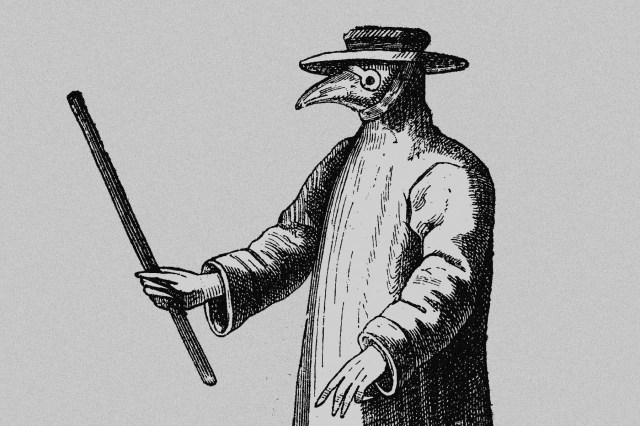 Science & Industry
Science & IndustryWhy Did Doctors Wear Beak Masks During the Bubonic Plague?
-
02.
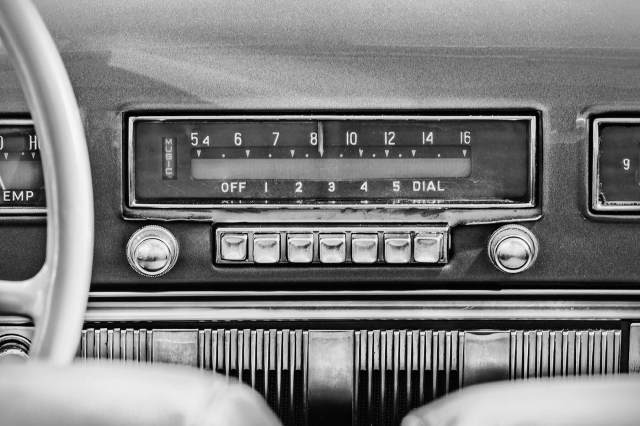 Science & Industry
Science & Industry5 Inventions That Came Out of the Great Depression
-
03.
 Science & Industry
Science & Industry6 Amazing Breakthroughs Made by the Ancient Greeks
-
04.
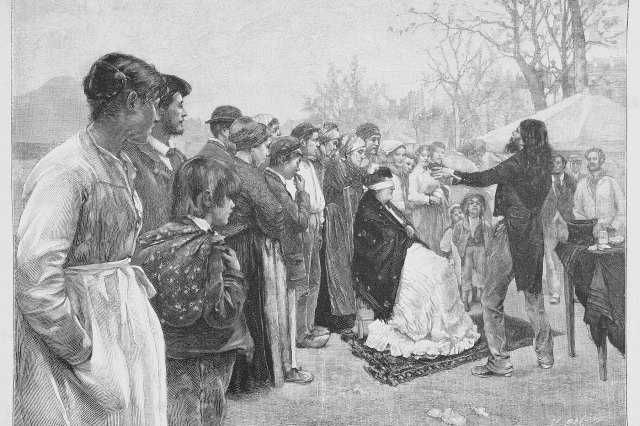 Science & Industry
Science & Industry6 Shocking “Scientific” Beliefs From Victorian England





